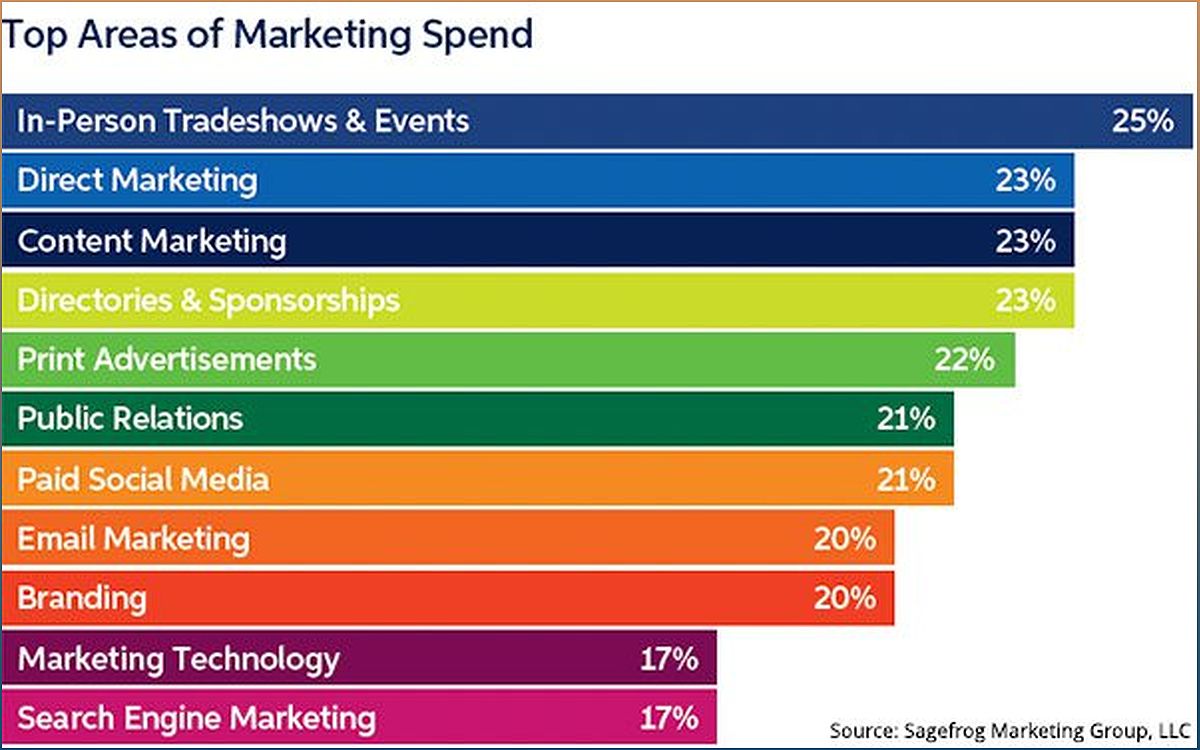In today's digital landscape, brands are increasingly turning to multi-channel marketing strategies to reach and engage their target audience. The State of Messaging study by Customer.io and Parcel.io reveals some fascinating insights into the rise of multi-channel marketing. With a 26% increase in email volume, it's clear that email remains a popular communication channel. However, what's even more intriguing is the 44% hike in brands utilizing two or more channels. In this article, we'll explore the most popular combinations, the industries leading the way, and the impressive conversion rates achieved through multi-channel usage.
The Power of Multi-Channel Marketing
Explore how multi-channel marketing can enhance your brand's reach and engagement.
With the increasing competition in the digital space, it's crucial for brands to stand out and connect with their audience effectively. This is where multi-channel marketing comes into play. By leveraging multiple communication channels such as email, SMS, and push notifications, brands can create a cohesive and personalized customer experience.
By utilizing different channels, brands can reach their audience at various touchpoints, increasing the chances of engagement and conversion. For example, combining email with push notifications and SMS allows brands to deliver targeted messages directly to their customers' inbox, mobile devices, and even within their apps.
Moreover, multi-channel marketing enables brands to adapt to their customers' preferences and behaviors. Some customers may prefer receiving updates via email, while others may be more responsive to SMS notifications. By diversifying the channels, brands can cater to different customer preferences and increase the likelihood of engagement.
Popular Combinations for Multi-Channel Marketing
Discover the most effective combinations of channels that brands are using to maximize their marketing efforts.
According to The State of Messaging study, several combinations have emerged as the most popular among brands. These include:
- Email + Push Notifications
- Email + SMS
- Email + Push + SMS
- Email + Push + In-App
- Email + In-App
- Email + Push + In-App
These combinations allow brands to leverage the strengths of each channel and create a seamless and integrated customer experience. For example, combining email with push notifications enables brands to deliver timely updates and reminders directly to their customers' mobile devices, increasing the chances of engagement.
Furthermore, incorporating in-app messaging alongside email and push notifications allows brands to engage with customers while they are actively using their mobile apps, providing a personalized and interactive experience.
Industry Insights: SaaS and Media & Entertainment Lead the Way
Learn which industries are harnessing the power of multi-channel marketing the most.
The study revealed that the Software as a Service (SaaS) industry saw the biggest surge in email usage, sending 2.7 times more emails than other industries. This highlights the importance of email as a communication channel for SaaS companies to engage with their customers and drive conversions.
Additionally, the media and entertainment industry also showed a significant increase in email volume. With the rise of streaming platforms and digital content consumption, it's no surprise that these brands are leveraging multi-channel marketing to stay connected with their audience.
However, it's important to note that multi-channel marketing is not limited to specific industries. Brands across various sectors can benefit from adopting a multi-channel approach to reach and engage their target audience effectively.
Driving Higher Conversion Rates with Multi-Channel Usage
Discover the impressive conversion rates achieved through multi-channel marketing.
The study found that brands using email, SMS, and push notifications together achieved a 913% higher conversion rate compared to using email alone. This highlights the power of combining multiple channels to drive better results.
By utilizing different channels, brands can reinforce their messaging and increase the chances of conversion. For example, sending a follow-up SMS after an email campaign can serve as a gentle reminder and prompt customers to take action.
Furthermore, multi-channel marketing allows brands to reach customers at different stages of the customer journey. By delivering relevant and targeted messages across multiple channels, brands can nurture leads and guide them towards making a purchase.
Optimal Timing and Frequency of Multi-Channel Campaigns
Learn the best days and frequency for sending multi-channel campaigns to maximize engagement.
According to the study, Monday was the most popular day for sending emails, followed by Wednesdays and Thursdays. This suggests that brands are strategically timing their email campaigns to reach their audience when they are most likely to engage.
Both B2C and B2B emails were found to be more frequently sent during office hours, indicating that brands are targeting customers during their active work hours. This aligns with the idea of catching customers' attention when they are most likely to be checking their emails.
When it comes to frequency, the study found that 54% of brands sent emails at least once a week. This suggests that brands are finding value in maintaining regular communication with their audience to stay top of mind.
The Surge in SMS, Push Notifications, and In-App Messaging
Discover the significant growth in alternative channels and their impact on multi-channel marketing.
While email remains a popular channel, the study found that SMS saw a 47% volume hike year over year. Fintech brands led the way, sending 44% more SMS messages than firms in other industries. This highlights the effectiveness of SMS in reaching customers, particularly in the financial sector.
Push notifications also experienced a 49% volume boost, with healthcare usage growing by 41%. This indicates the increasing importance of push notifications in delivering timely and relevant updates to users' mobile devices.
However, the most significant growth was seen in in-app messaging, with a staggering 793% jump in in-app sends. SaaS and edtech industries were at the forefront of this trend, leveraging in-app messaging to engage with users while they are actively using their mobile apps.

